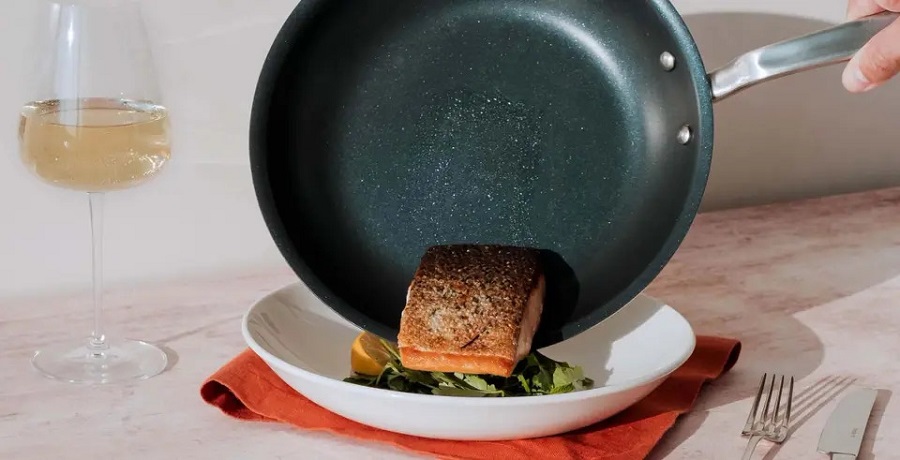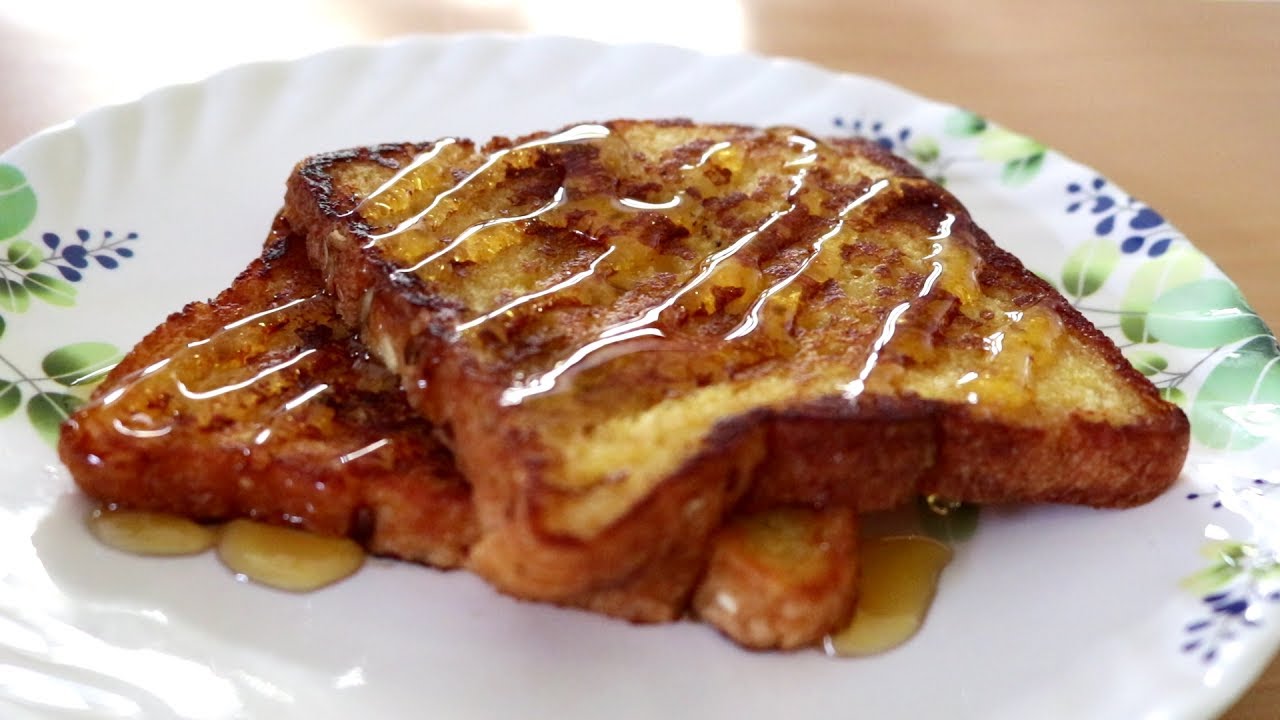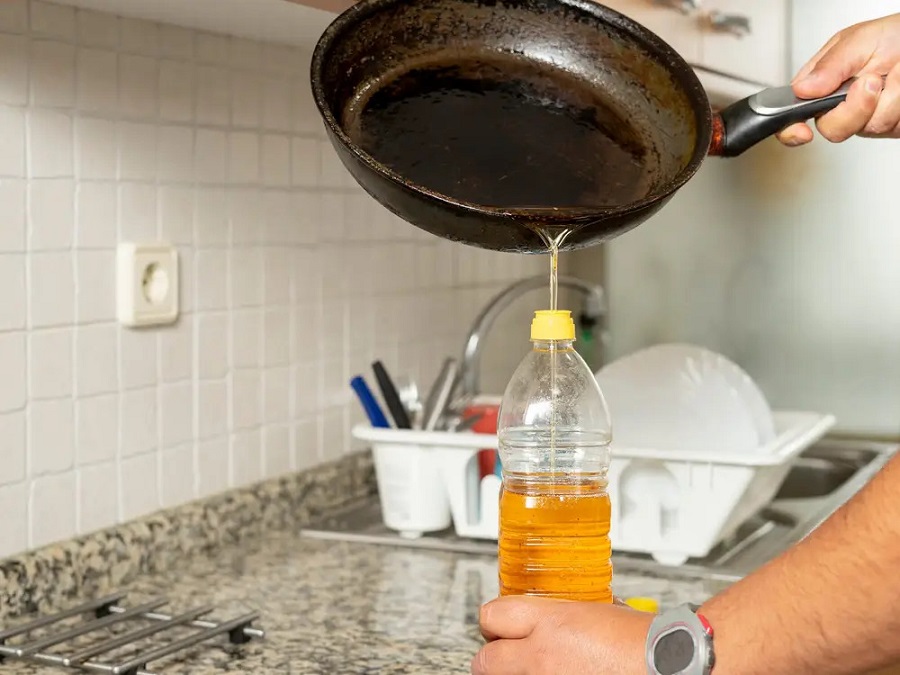If you’re a seafood lover, then cooking fish must be one of your favorite dishes. But did you know that choosing the right pan can significantly affect how your fish turns out? This article will review everything you need to know about choosing the best pans for cooking fish.
Types of Pans for Cooking Fish
Several types of pans available in the market are suitable for cooking fish. Some of the most popular ones include:
- Skillets or Fry Pans
- Griddles
- Roasting Pans
- Grill Pans
- Woks
Each of these pans has unique features that make it suitable for cooking fish in different ways. Let’s take a closer look at each of them.
What to Look for When Choosing a Fish Pan
When choosing a fish pan, there are several factors that you should consider to ensure that you end up with the best one for your needs. These include:
Non-Stick vs. Stainless Steel
Both non-stick and stainless steel pans have their pros and cons when it comes to cooking fish. Non-stick pans are ideal for delicate fish that can easily break apart. They prevent sticking and make flipping and serving fish much easier. On the other hand, stainless steel pans are great for fish with skin. They provide a nice sear and are more durable than non-stick pans.
Size and Shape of the Pan
The size and shape of the pan are also important factors to consider. A larger pan is suitable for cooking bigger fish or multiple pieces of fish simultaneously. A smaller pan is perfect for cooking individual pieces of fish or smaller fillets. The shape of the pan also matters. A skillet or fry pan is ideal for pan-frying fish, while a roasting pan is perfect for baking or roasting.
The thickness of the Pan
The thickness of the pan is also an essential factor to consider. A thicker pan provides better heat distribution and prevents hot spots. It also retains heat better, which is important when cooking fish. Thinner pans are prone to warping and may not provide even heat distribution.
Handles and Lids
Handles and lids are other essential factors to consider. Handles should be comfortable to hold and stay cool to the touch. Lids are also important, especially when cooking fish with skin. They prevent oil splatters and retain moisture.
Compatibility with Different Cooktops
It’s essential to choose a pan that is compatible with your cooktop. Gas stovetops require pans with a flat bottom to prevent wobbling, while induction cooktops require pans with magnetic properties.
Maintenance and Cleaning
Finally, you should consider the maintenance and cleaning requirements of the pan. Non-stick pans require special care to avoid scratching the surface, while stainless steel pans require more elbow grease to clean.
Conclusion
Choosing the best pan for cooking fish may seem like a small detail, but it can make a huge difference in the outcome of your dish. By considering the type, size, shape, thickness, handles, and compatibility of the pan, you can ensure that your fish turns out perfectly cooked every time. Don’t forget to also factor in maintenance and cleaning requirements when making your decision.





